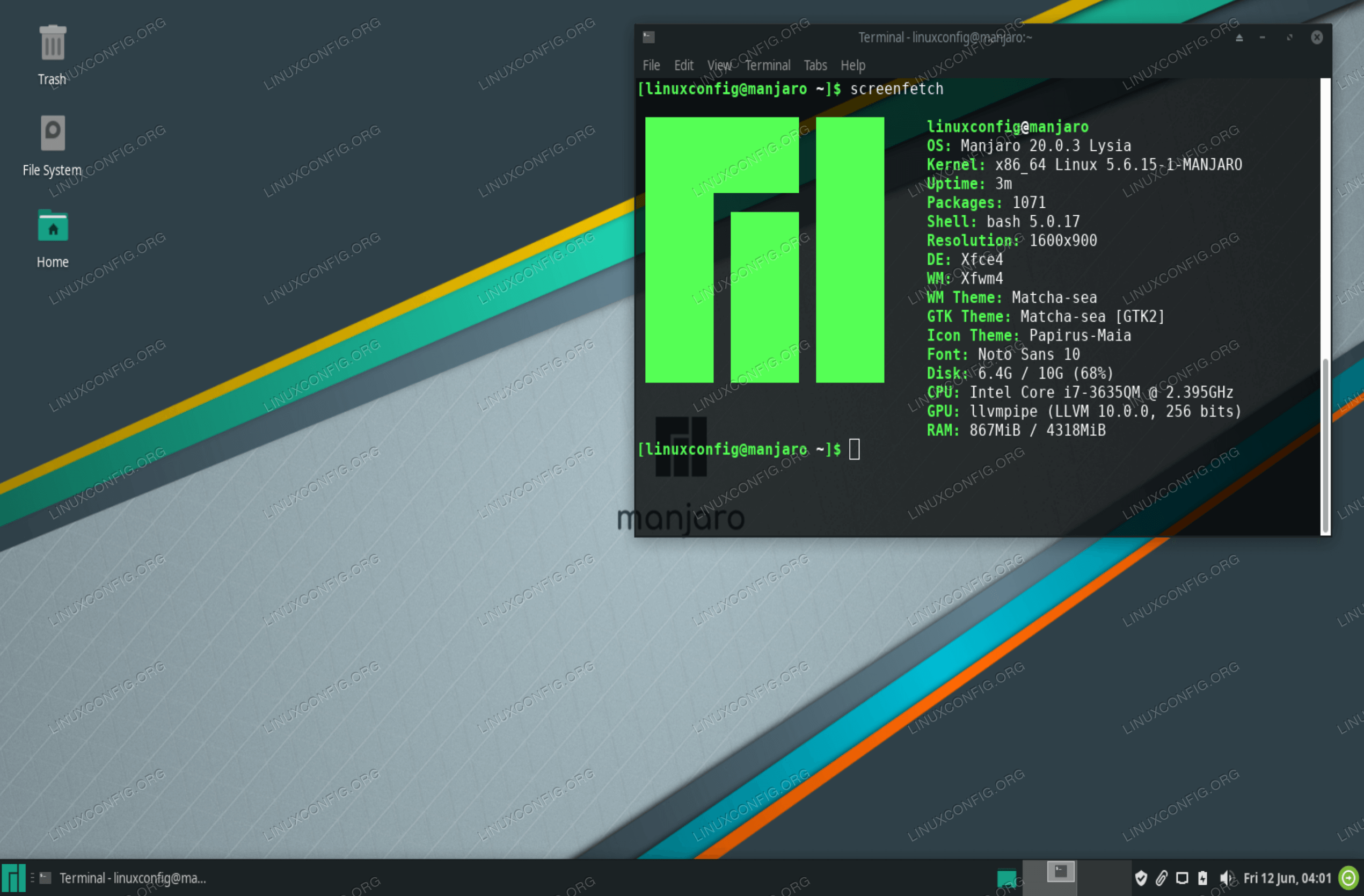Arch Vs. Manjaro: The Philosophy Of Updates

Executive Summary

Arch Linux and Manjaro are both popular Linux distributions, but they have very different philosophies when it comes to updates. Arch Linux is a rolling release distribution, which means that it is constantly being updated with the latest software. Manjaro, on the other hand, is a stable release distribution, which means that it only receives major updates every few months.

In this article, we will compare and contrast the Arch Linux and Manjaro philosophies of updates. We will also discuss the pros and cons of each approach.
Introduction
The debate between rolling release and stable release distributions has been going on for many years. There are strong arguments to be made for both sides. Some people prefer the bleeding-edge software that comes with rolling release distributions. Others prefer the stability and reliability of stable release distributions.
Rolling Release vs. Stable Release
Rolling release distributions are constantly being updated with the latest software. This means that you always have access to the latest features and security patches, but it also means that you may encounter more bugs and instability.
Stable release distributions only receive major updates every few months. This means that you are less likely to encounter bugs and instability, but it also means that you may not have access to the latest features and security patches.
Arch Linux
Arch Linux is a rolling release distribution that is known for its simplicity and performance. It is a very popular distribution among experienced Linux users.
Pros of Arch Linux:
- Constant updates to the latest software
- High level of customization
- Very lightweight and fast
- Active community support
Cons of Arch Linux:
- Can be more difficult to install and configure than other distributions
- More likely to encounter bugs and instability
- May not be suitable for beginners
Manjaro
Manjaro is a stable release distribution that is based on Arch Linux. It is designed to be more user-friendly than Arch Linux, while still providing access to the latest software.
Pros of Manjaro:
- More user-friendly than Arch Linux
- Still has access to the latest software
- More stable than Arch Linux
- Suitable for both beginners and experienced users
Cons of Manjaro:
- Not as up-to-date as Arch Linux
- May not be as customizable as Arch Linux
- Community support is not as large as Arch Linux
Conclusion
Ultimately, the best choice for you depends on your individual needs and preferences. If you are looking for a bleeding-edge distribution that is constantly being updated with the latest software, then Arch Linux is a good option. If you are looking for a more stable distribution that is less likely to encounter bugs and instability, then Manjaro is a good option.
Keyword Phrase Tags
- Arch Linux
- Manjaro
- Rolling release
- Stable release
- Linux distributions

Could you elaborate on why Arch is better than Manjaro on the stability front? I’m curious to understand the technical aspects behind it.
While the article presents Arch as superior, I’m not convinced. Manjaro’s user-friendliness and rolling release model have served me well. Care to provide some counterarguments?
Philosophy of updates, you say? How profound! I guess Arch’s bleeding-edge approach is the equivalent of a philosopher contemplating the meaning of life…while Manjaro users enjoy стабильность.
Oh, Arch is the ultimate distro for the elite, huh? They proudly don their ‘I break my system daily’ badges, while we mere mortals with Manjaro can actually get work done without constant headaches.
Arch and Manjaro: the tortoise and the hare. Arch may be fast, but it’s like a Formula 1 car that needs a pit stop every other minute. Manjaro, on the other hand, is a reliable old Camry that gets you where you need to go without the drama.
For those who don’t know, Arch is a minimalist distro that gives you complete control over your system, while Manjaro is a user-friendly version of Arch with a rolling release model. Key differences include the package management approach and the stability trade-offs.
I disagree with the article’s claim that Manjaro is inherently less stable than Arch. It’s true that Arch requires more user involvement, but that also means you have more control over potential issues. Stability is not just about the distro, it’s also about the user’s knowledge and skills.
Sure, Arch users can tweak and customize their systems to their heart’s content, but when it all goes south, they’re the ones left scratching their heads and muttering, ‘I broke it, but I’m a Linux expert, so it’s cool.’
I’ve used both Arch and Manjaro, and I have to say, Arch gives me a sense of accomplishment and control that I don’t get with other distros. The hands-on approach can be daunting at first, but it’s worth it for the deep understanding and customization options it offers.
Arch is not for the faint of heart. Sure, it’s customizable, but if you don’t have a strong grasp of Linux, you’ll find yourself constantly troubleshooting and fixing broken packages. Manjaro is a much better choice for most users who want a stable and user-friendly experience.
Arch and Manjaro: the Linux equivalent of ‘Star Wars’ and ‘Star Trek.’ Arch fans are the Trekkies who love to tinker and embrace the ‘live long and prosper’ philosophy, while Manjaro users are the ‘Star Wars’ fans who prefer a polished and user-friendly experience.
It’s important to remember that the choice between Arch and Manjaro is not a black-and-white decision. Both distros have their strengths and weaknesses. Arch is ideal for experienced users who value customization and control, while Manjaro is a better option for those who prioritize stability and ease of use.
The article fails to mention that Arch’s rolling release model can be a double-edged sword. While it provides access to the latest software, it also increases the chances of encountering bugs and stability issues. Manjaro’s more conservative approach to updates offers a better balance between stability and access to new features.